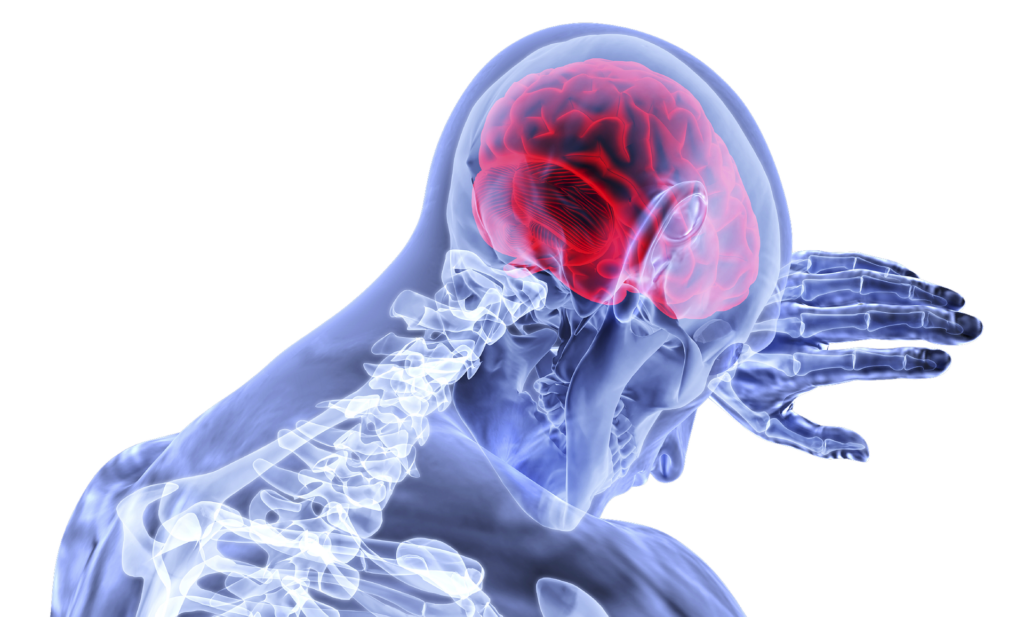
In one of the largest-ever studies of DNA and brain volume, researchers have identified 254 genetic variants that shape key structures in the “deep brain,” including those that control memory, motor skills, addictive behaviours and more.
The research is supported by the Enhancing Neuro Imaging Genetics through Meta-Analysis (ENIGMA) consortium. This international effort, based at the Keck School of Medicine of USC, brings together over 1,000 research labs across 45 countries. The goal is to identify genetic variations that impact the structure and function of the brain.
“A lot of brain diseases are known to be partially genetic. From a scientific standpoint, we are aiming to identify the specific changes in the genetic code that cause these,” stated Paul M. Thompson, PhD, who is the associate director of the USC Mark and Mary Stevens Neuroimaging and Informatics Institute and the principal investigator for ENIGMA.
“By conducting research worldwide, we are beginning to pinpoint what has been referred to as ‘the genetic essence of humanity,’” he stated.
Identifying brain regions that are larger or smaller in certain groups, such as people with a specific brain disease, compared to others, can help scientists begin to understand the causes of brain dysfunction. Discovering the genes that control the development of those brain regions provides further insight into how to intervene.
In a recent study partly funded by the National Institutes of Health, a team of 189 researchers from around the world gathered DNA samples and conducted magnetic resonance imaging brain scans to measure volume in key subcortical regions, also known as the “deep brain,” from 74,898 participants. They then conducted genome-wide association studies (GWAS) to identify genetic variations linked to various traits or diseases. The study found gene-brain volume associations that are associated with a higher risk for Parkinson’s disease and attention-deficit/hyperactivity disorder (ADHD).
“There is strong evidence that ADHD and Parkinson’s have a biological basis, and this research is a necessary step to understand and eventually treat these conditions more effectively,” said Miguel Rentería, PhD, an associate professor of computational neurogenomics at the Queensland Institute of Medical Research (QIMR Berghofer) in Australia and principal investigator of the Nature Genetics study.
“Our findings suggest that genetic influences that underpin individual differences in brain structure may be fundamental to understanding the underlying causes of brain-related disorders,” he said.
Studying the deep brain
The researchers analyzed brain volume in key subcortical structures, including the brainstem, hippocampus, amygdala, thalamus, nucleus accumbens, putamen, caudate nucleus, globus pallidus and ventral diencephalon. These regions are critical for forming memories, regulating emotions, controlling movement, processing sensory data from the outside world, and responding to reward and punishment.
GWAS revealed 254 genetic variants associated with brain volume across those regions, explaining up to 10% of the observed differences in brain volume across participants in the study. While previous research has clearly linked certain regions with disease, such as the basal ganglia with Parkinson’s disease, the new study reveals which gene variants shape brain volume with greater precision.
“This paper, for the first time, pinpoints exactly where these genes act in the brain,” providing the beginnings of a roadmap for where to intervene said Thompson,